

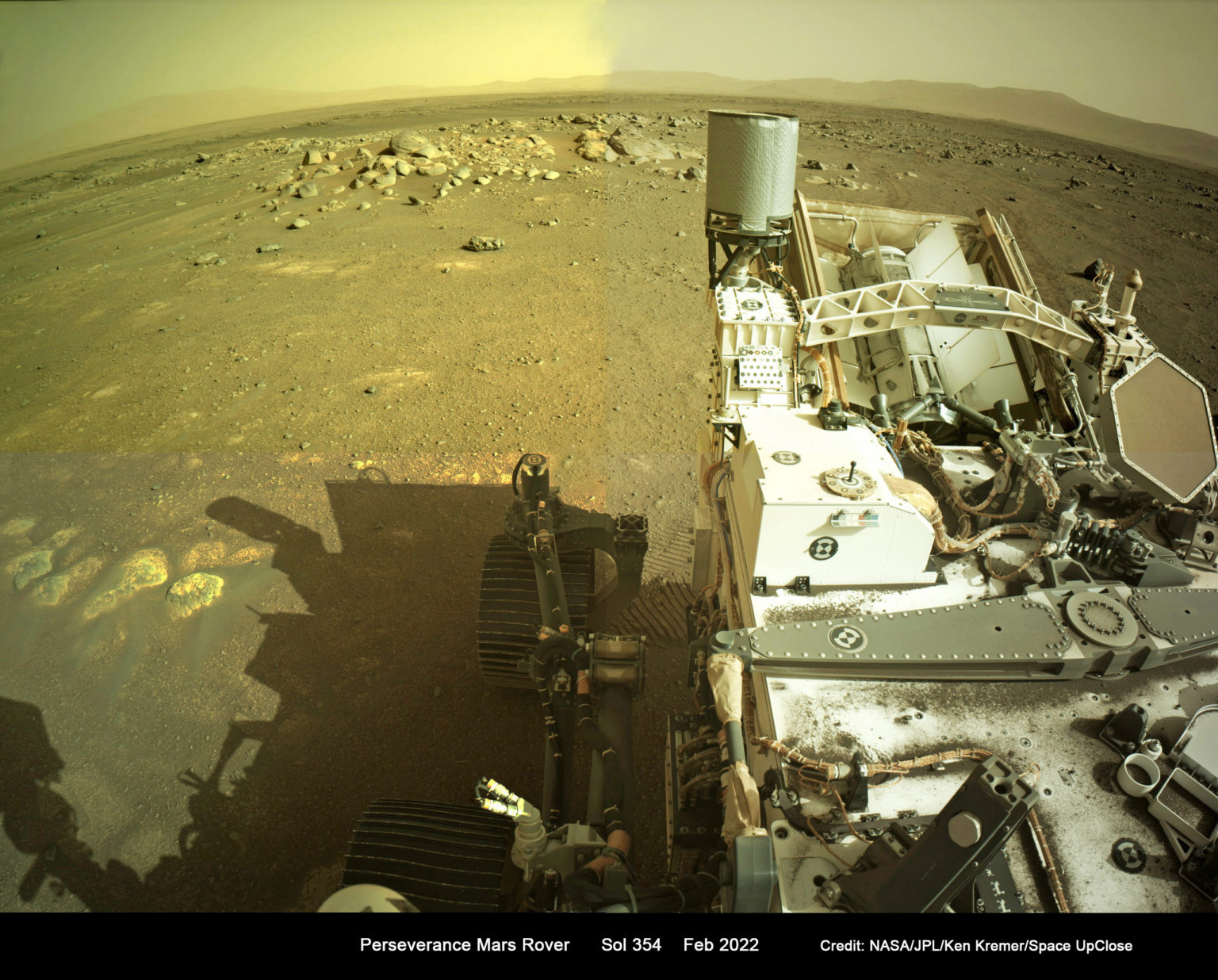
The Mastcam-Z camera onboard NASA's Perseverance rover captured a spectacular view of Phobos, one of Mars's moons, passing in front of the Sun during a partial eclipse on September 30, 2024. This rare event showcased the unique, irregular shape of Phobos, leading scientists to question its origin and potential relationship with Mars. While this is not the rover's first observation of a Phobos transit, it continues to provide valuable insights and images with its advanced technology. Don't miss out on all the latest tech news and updates by following Gadgets 360 on multiple platforms.
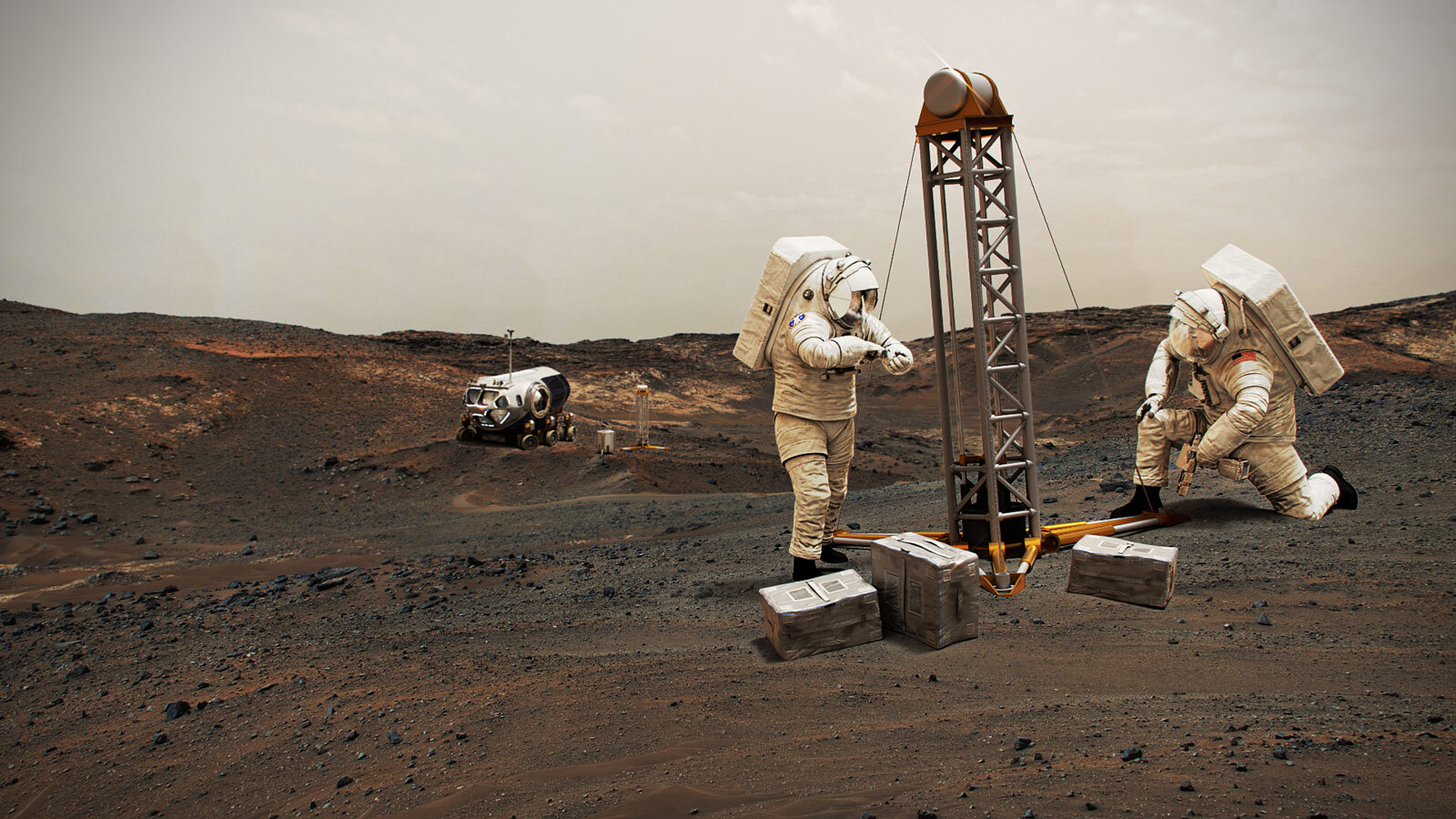
As global space agencies continue to make plans for colonizing Mars, scientists have identified a variety of materials that can serve as protection against hazardous cosmic radiation. This study, led by researchers from the University of Patras and NYU Abu Dhabi, evaluated different materials using computer modeling and actual data from NASA's Curiosity rover. The development has implications for the safety of astronauts on extended Mars missions, as the planet's arid and exposed environment poses a significant risk for prolonged human exposure to radiation.
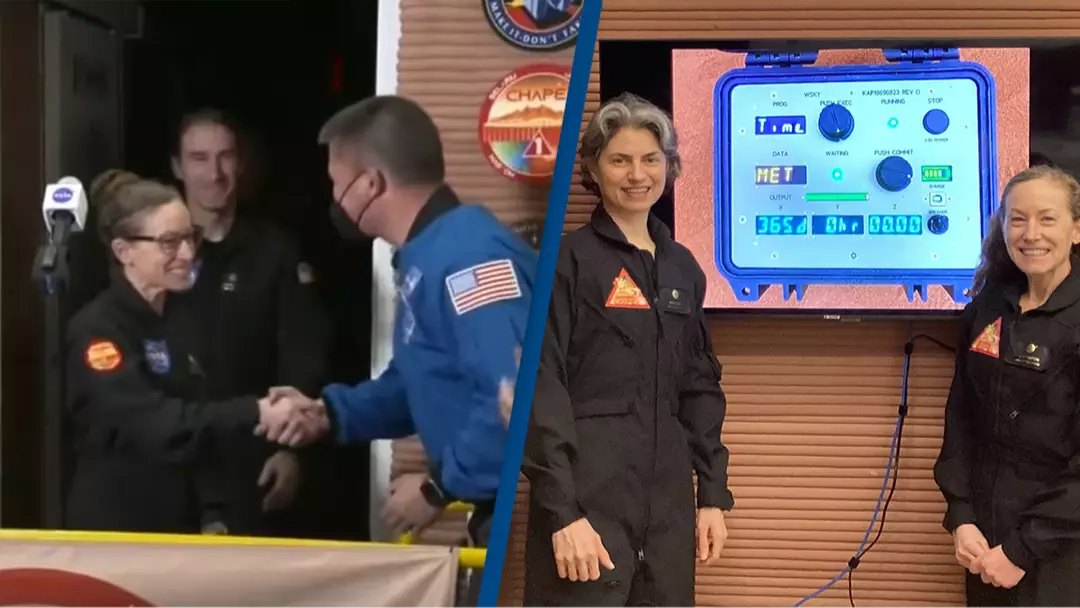
After spending 378 days in a simulated Mars habitat, four volunteers have emerged to provide valuable insights on what it would be like for astronauts to undertake a mission to Mars. The participants, Kelly Haston, Anca Selariu, Ross Brockwell, and Nathan Jones, lived in a 1700-square-foot 3D printed habitat at NASA's Johnson Space Center in Houston. This experiment could help in preparations for future space missions and understanding the effects of long-term isolation on humans.
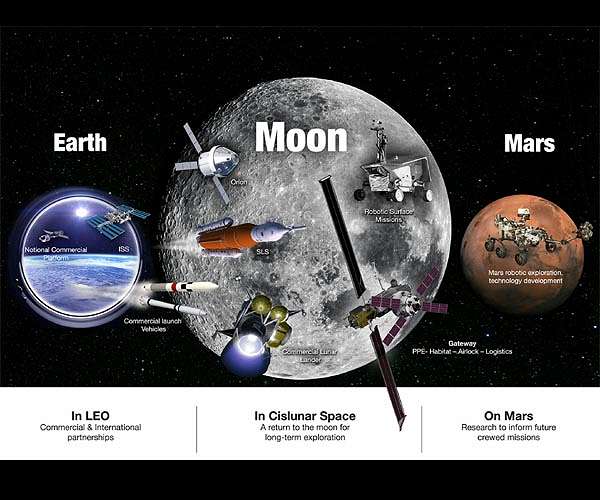
NASA has published two white papers addressing considerations for the Moon to Mars architecture, highlighting the need for efficient mobility and cargo transport on the moon's surface. These papers also emphasize the current gaps in capabilities for such endeavors and aim to communicate relevant information to stakeholders. The release of these papers deviates from the usual yearly cycle, showcasing the importance of these topics in the ongoing push for human-led deep space exploration.
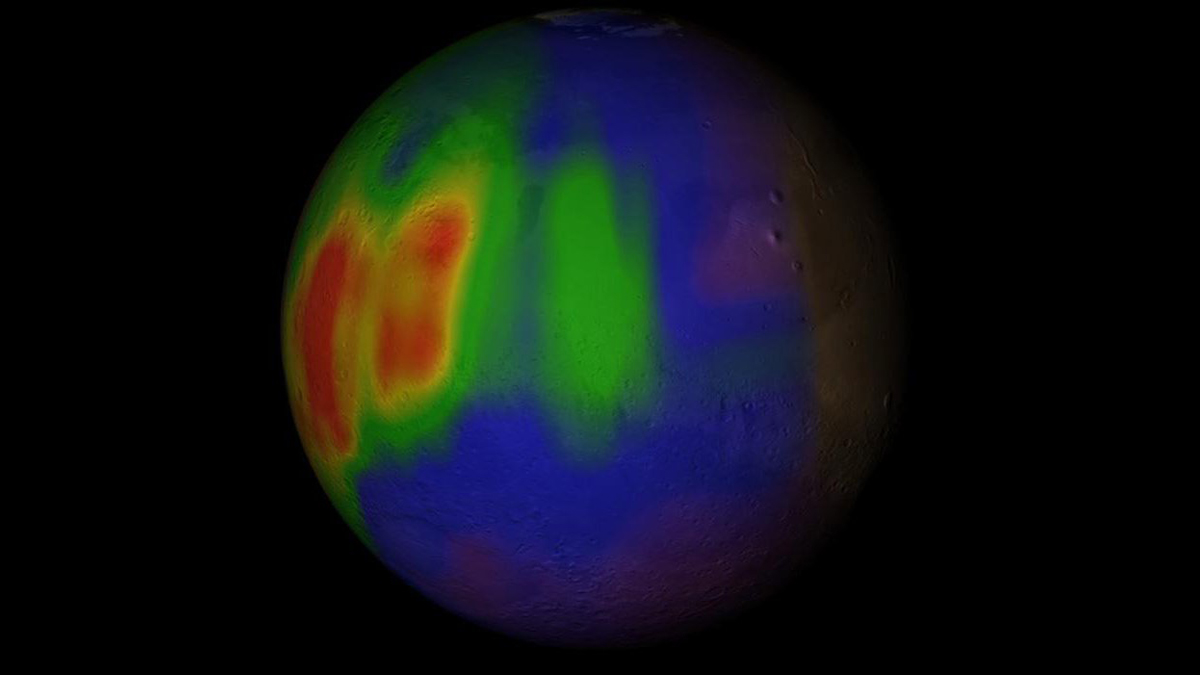
NASA's Curiosity Rover has made an unexpected discovery on Mars - the presence of methane in Gale Crater. With no current or past evidence of life on the Red Planet, scientists are investigating geological sources and seasonal patterns for the methane emissions. However, SAM, the portable chemistry lab aboard Curiosity, has found that the methane behaves in unusual ways, spiking at night and disappearing during the day, as well as not accumulating in the atmosphere. This has left scientists puzzled and working on various theories and proposals to explain the mysterious methane on Mars.
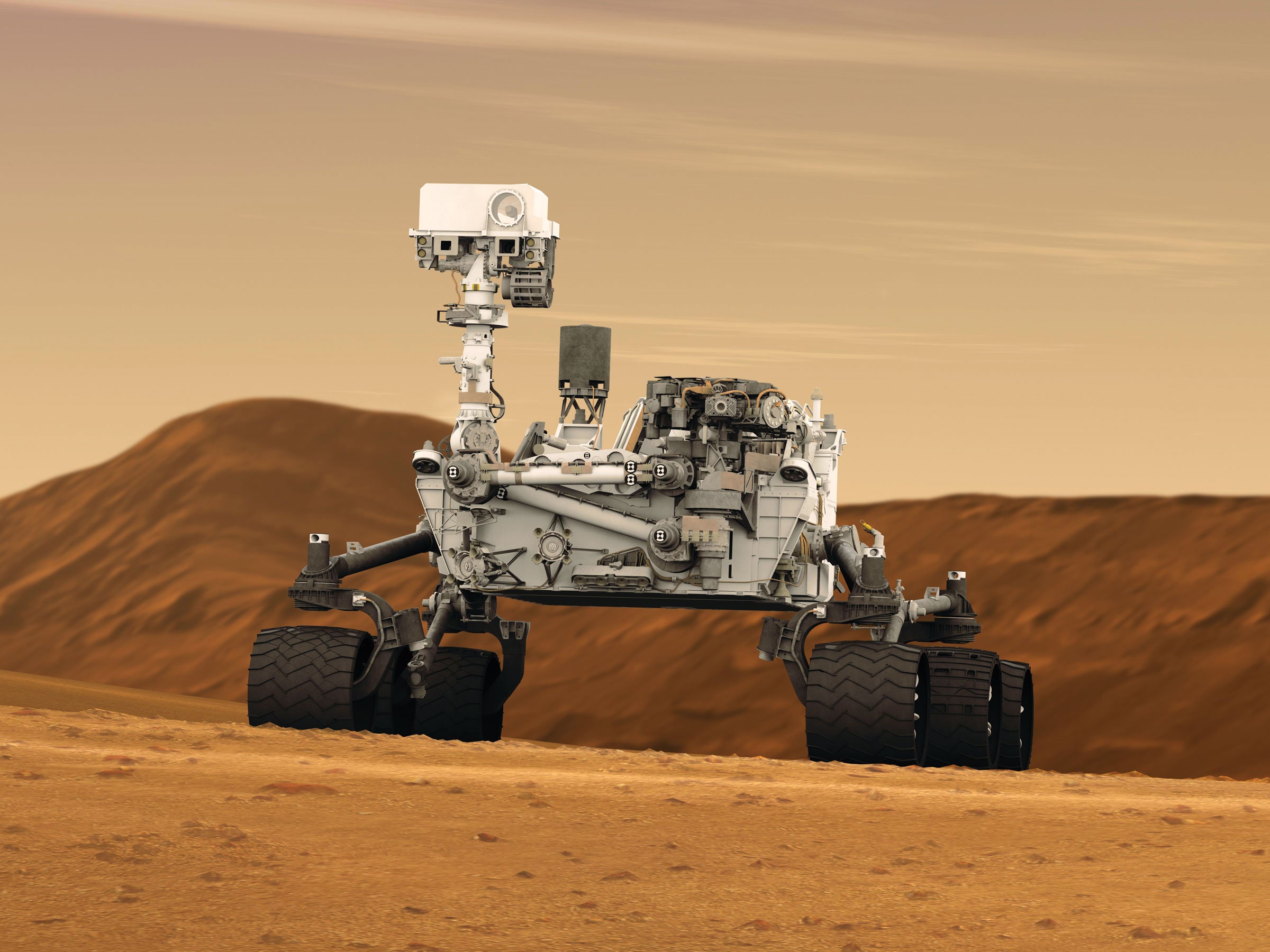
Scientists are left baffled as methane gas, which is often associated with living organisms on Earth, is detected on the surface of Gale Crater on Mars by the SAM chemical laboratory aboard the Curiosity Rover. Researchers propose a theory that methane may be trapped beneath a layer of solidified salt in the Martian regolith, explaining its sporadic and localised nature. This discovery also raises questions about the potential for extraterrestrial life on Mars and the ongoing quests for understanding its habitability.
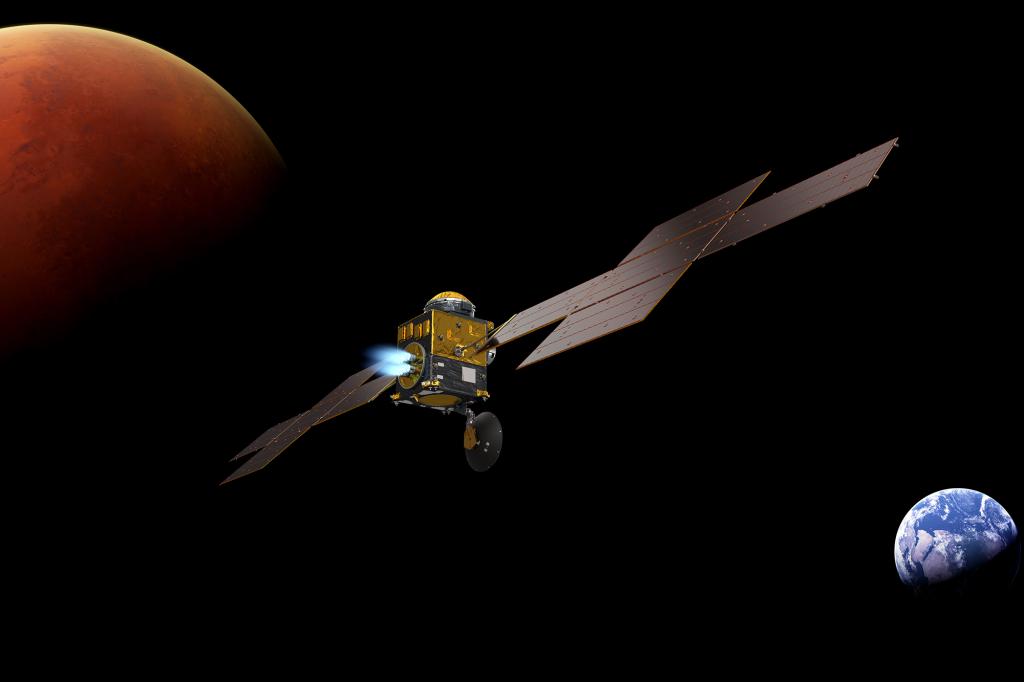
Following the success of the Perseverance rover's mission on Mars, Nasa is now looking for ways to bring back the collected soil and rock samples to Earth for further study. After realizing that their original plan was too expensive and would take too long to accomplish, the US space agency is now inviting proposals from private companies to develop a more cost-effective approach. If this mission succeeds, it would be a major milestone in space exploration, providing valuable insights into the history and potential for life on Mars.

Kalpana Chawla, the first woman of Indian origin to venture into space, would have celebrated her 62nd birthday on March 17 if not for the tragic end to her career in the 2003 Columbia disaster. Despite her short time in space, she left a lasting impression and was honored through various tributes, including the naming of a spacecraft, asteroid, lunar crater, and a hill on Mars in her memory. Chawla's passion for flight began in India, where she pursued aeronautical engineering and eventually joined NASA as an astronaut, blazing a trail for women and Indians in the field of space exploration.

NASA's Curiosity rover has captured a breathtaking 12-hour timelapse of Mars, giving us a glimpse into what a typical day on the red planet looks like. The two videos, captured by the rover's front and rear hazard-avoidance cameras, show stunning views of the rocky landscape and the rover's shadow moving across the surface. While the images are speckled due to dust on the camera lens, they provide valuable insights into Mars' past and potential for supporting life.